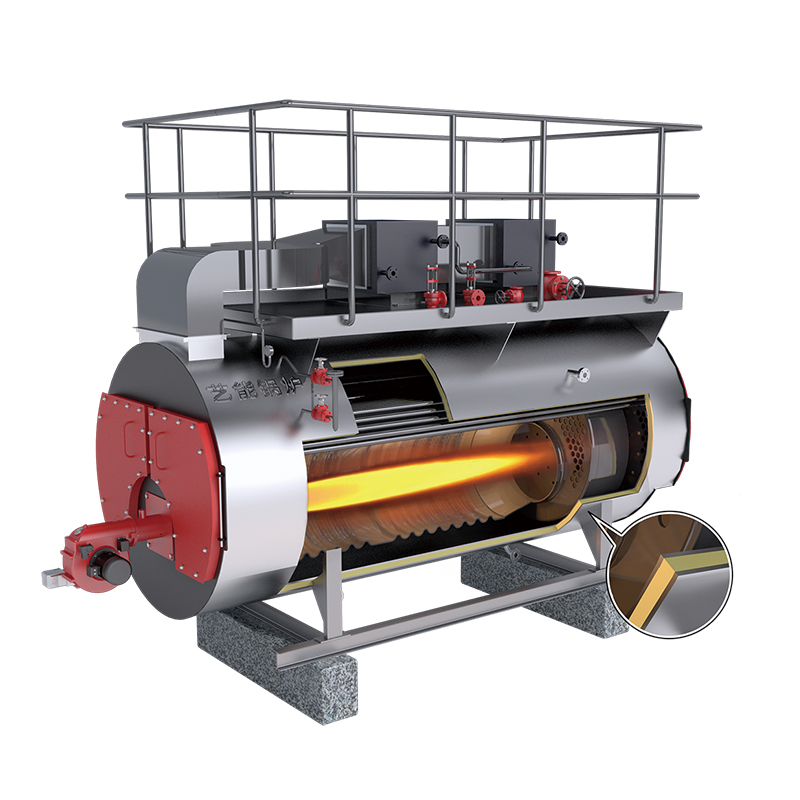Best Electric Steam Boiler Manufacturers: High-Efficiency?
If you’ve been hunting for electric steam boiler manufacturers, you’ve probably noticed two parallel realities: the rapid electrification of process heat and, oddly enough, the continued relevance of advanced combustion systems. Both trends are true. I’ve spent enough time in plant rooms to tell you that customers want clean steam, instant response, and low maintenance—yet they also want options when power tariffs spike. That’s the market in 2025: flexible, data-driven, and surprisingly pragmatic.

Industry pulse
Electrification is accelerating in food, pharma, and microbreweries due to decarbonization targets and tighter urban emissions policies. Many buyers tell me they choose electric for dryness fraction, compact footprints, and simplicity. However, some facilities stick with hybrid plants—electric for baseline loads, gas/oil for peak or backup. Frankly, that mix is working.
How leading makers build electric units
Materials tend to be SA‑516 Gr.70 pressure shells, Incoloy or 316L elements, with GMAW/GTAW welding. Typical testing includes RT/UT on critical seams, hydro at ≈1.5× MAWP, dielectric and insulation resistance tests, and control panel FAT. Service life? Pressure vessel ≈20–25 years with proper water treatment; heating elements ≈8–12 years (real-world use may vary). Safety circuits (low-water cutoff, dual pressure controls, relief valves) are non-negotiable.
Typical applications
- Clean steam for pharma and biotech
- Breweries, dairies, and bakeries (fast start-up, stable pressure)
- Textile finishing, humidification, and small district loops
- Labs, pilot plants, seasonal backup for decarbonization pilots
Sample electric steam boiler specs (reference)
| Parameter | Value (≈ typical) |
|---|---|
| Rated power | 360 kW (≈ 515 kg/h steam) |
| MAWP | 10 bar g (other ratings available) |
| Efficiency | ≈ 98–99% at terminals |
| Steam dryness | 0.96–0.99 (load dependent) |
| Controls | PLC + HMI, step/SSR staging, Modbus/IIoT |
Vendor landscape (quick compare)
| Vendor | Notable strengths | Certs | Lead time (≈) |
|---|---|---|---|
| Sussman / Chromalox | Compact, lab-to-industrial, strong controls | UL, ASME, CE | 4–10 weeks |
| Miura | Modular, quick-start, service network | ASME, ISO | 6–12 weeks |
| YN Boilers (Hebei) | Custom skid packages; offers electric and combustion lines | CE/PED, ISO, local stamps | 5–10 weeks |
Case notes from the floor
A mid-sized brewery switched to electric (2×300 kW) for wort boiling—users reported steadier pressure and ≈12% energy savings after insulating lines. Another site in Wuqiao, Hebei runs a hydronic loop on a combustion unit for building heat while planning an electric steam skid for a new cleanroom. It’s not either/or—it’s a staged transition.
Related product spotlight (combustion)
From Wuqiao, Hebei, China: Gas oil fired WNS series automatic hot water boiler. The low-level combustion chamber design reserves a large water level safety space to minimize water shortage risks—simple, sensible engineering. Many customers say it’s a reliable backbone for HVAC or process heating when electricity pricing is volatile.

Customization checklist
- electric steam boiler manufacturers offering clean-steam internals (SS piping, sanitary traps)
- Skid integration: water treatment, blowdown, feed pumps
- Redundancy: N+1 elements, dual feedwater, remote alarms
- Compliance: ASME Section I/IV, PED, UL 499; FAT with witnessed tests
Final tip: ask for real test data—hydro reports, element insulation resistance, and witnessed boil-up curves. It seems obvious, but it separates the pros from the brochureware. And yes, electric steam boiler manufacturers who publish efficiency at part-load tend to be the ones winning repeat orders.
Authoritative references
- ASME Boiler & Pressure Vessel Code, Sections I and IV
- EN 12953 and EN 13445 (Shell boilers and unfired pressure vessels)
- UL 499 / UL 834; CE/PED 2014/68/EU guidance
- IEC 60204-1: Safety of machinery – Electrical equipment
- ISO 9001:2015 and ISO 14001:2015 for manufacturing systems
-
High-Efficiency Horizontal YQW Gas Oil Fired Thermal Oil Boiler-Hebei Yineng Boiler|Energy Efficiency,Advanced CombustionNewsNov.21,2025
-
High-Efficiency Horizontal YQW Gas Oil Fired Thermal Oil Boiler-Hebei Yineng Boiler|Energy Efficiency,Advanced CombustionNewsNov.21,2025
-
Electric Steam Boiler Manufacturers | High-Output & SafeNewsNov.14,2025
-
OEM Steam Boiler Solutions | High-Efficiency, Custom-BuiltNewsNov.13,2025
-
Thermal Oil Boiler | High Efficiency, Low Pressure, OEMNewsNov.12,2025
-
Hebei Yineng Boiler Co., Ltd. Showcases Cutting-Edge Boiler Solutions at Indonesia International Boiler Exhibition 2025NewsNov.11,2025

